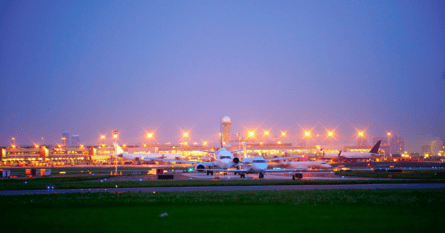Australia’s plentiful nature has long been an attraction from visitors the world over. From dramatic coastlines to harsh deserts, a lifetime would not be long enough to see all the country has to offer.

With so much of the continent relatively untouched, conscious travelers have begun to ask how tourism affects Australia’s pristine coastlines, rainforests, deserts, and reefs. There’s also the question of culture, with many famous tourist spots also important sites for Australia’s Indigenous peoples. There’s good news for people wanting to travel Australia ethically. Eco-tourism and cultural education industries are taking hold in many of the most beautiful natural locations.
Hundreds of businesses and 1500 products are certified by Ecotourism Australia, which checks tourism businesses for environmental sustainability and cultural responsibility. The real number of eco-initiatives is probably higher, as accreditation is not mandatory and costly. The following attractions are a minute percentage of places where travelers can find environmental and culture-friendly travel options.
Great Barrier Reef – dive into the deep blue

The world’s largest coral reef is among Australia’s most popular tourist attractions. Stretching 348,700 square kilometers, the Great Barrier Reef encapsulates 3000 individual reef systems, coral cays, and hundreds of tropical islands. Tourists can access the reef from a number of coastal towns in the northern parts of the state of Queensland. Unfortunately, the warming temperatures and a close proximity to farming districts are having negative impacts on the reef. Many reef operators are now working to make sure they don’t contribute to the unique area’s further decline. You’ll also find eco resorts and tour companies for the coastal areas and islands nearby.
Uluru – the great big red rock
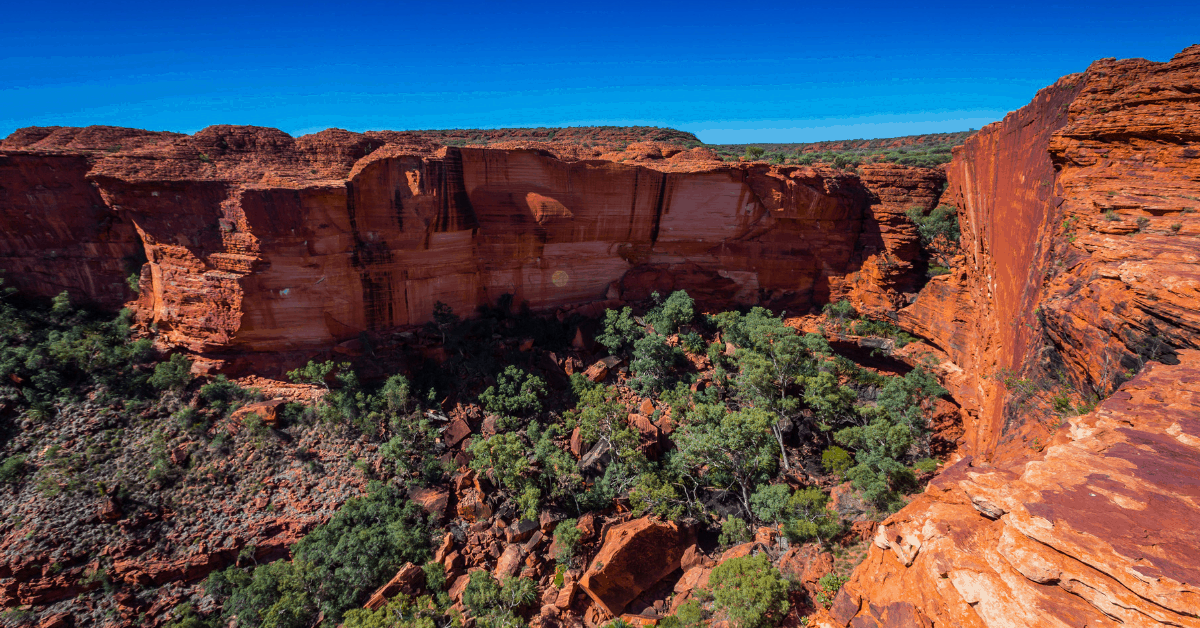
This phenomenal World Heritage site holds extreme cultural importance to the local Yankunytjatjara and Pitjantjatjara people. The area around Uluru (formerly known as Ayers Rock) in Australia’s Northern Territory has been inhabited for tens of thousands of years. Uluru will be closed to climbers from 2019, many years after the Yankunytjatjara and Pitjantjatjara Aboriginal people first requested tourists not to scale it. You don’t need to climb Uluru to appreciate it’s majesty or cultural significance. Why not learn from the local people, whose lives are intertwined with the environment? Voyages Indigenous Tourism Australia offers a range of tours and experiences around Uluru and holds free cultural activities, like bush food tastings, for its guests.
Daintree Rainforest – explore the Wet Tropics
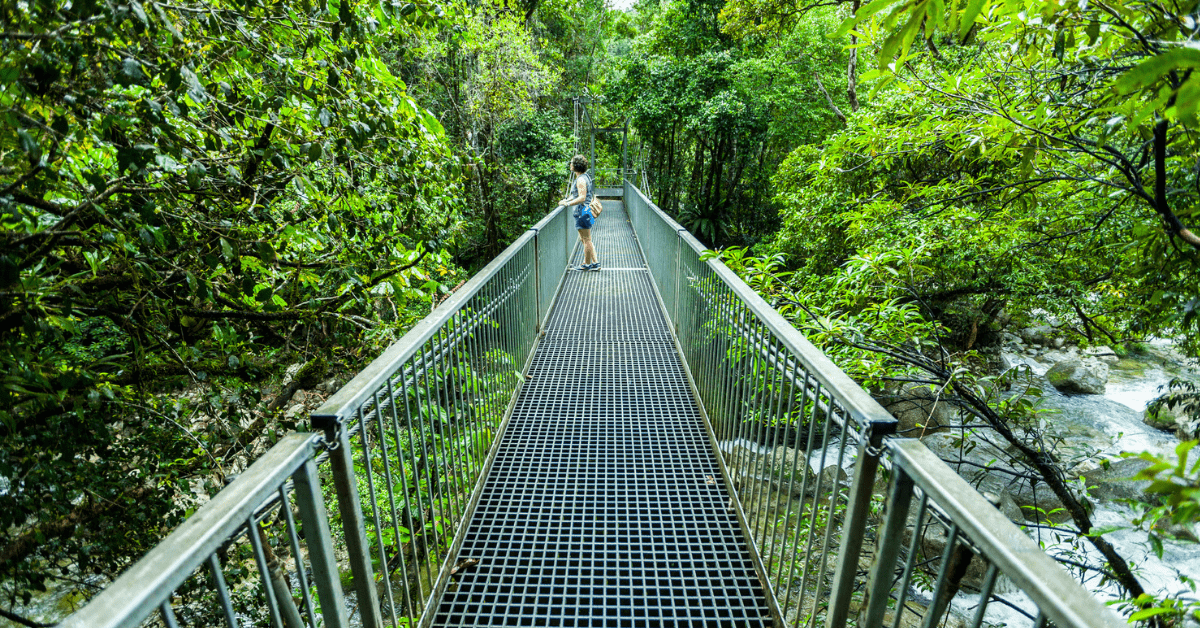
The World Heritage-listed Daintree Rainforest, which hugs the coast of far north Queensland, is loved for its unbelievable beauty and unique animals. Estimated to be up to 180 million years old, it is considered the oldest rainforest in the world and home to some of Australia’s most unusual wildlife, like the Southern Cassowary. These enormous dinosaur-like birds are known for their keratin helmets, which can cause injuries to people and pets. Luckily, cassowaries are very shy birds and serious attacks are rare.
The 1200 square Daintree is also home to enormous saltwater crocodiles. A number of companies offer cruises along the Daintree River, where crocodiles are often spotted basking in the sun. The Daintree River Cruise Centre, founded by conservationists in 1987, is Advanced Ecotourism Certified and dedicated to being in harmony with the environment. Despite being an important attraction, the crocodiles are deadly and any warnings about behavior around waterways should be strictly followed. The southern parts of the Daintree are relatively close to towns like Mossman and Cairns and easily accessible by car. The road is sealed until Cape Tribulation but 4WDs are required to drive further north on the Bloomfield Track. A number of eco-companies do northern 4WD tours along the scenic track, which stretches to the Aboriginal community of Wujal Wujal and then on to Cooktown.
Fraser Island – the largest sand island in the world
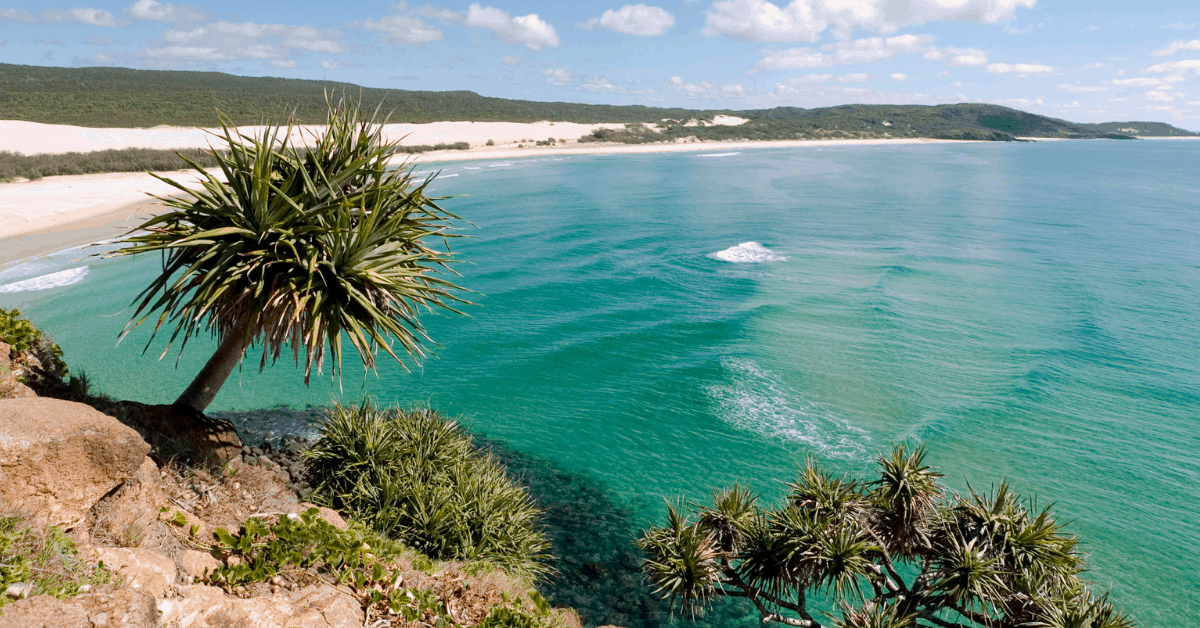
The world’s largest sand island is known for its spectacular natural beauty, which consists of hundreds of kilometers of clear sand beach, subtropical forest, and colored-sand cliffs. Its most visited natural wonder is Lake McKenzie, whose sandbanks are made of pure while silica and
There are a number of eco-resorts and campgrounds on the 120 kilometer-long island, which is accessible by ferries docked in a number of towns along the south-east coast. It is good to remember, the island is true wilderness and there are no sealed roads. You’ll need a high-clearance 4WD with low range capabilities if you want to drive on the island. The big car rental companies like Hertz probably won’t allow you to take their 4WDs on the island and you will need to hire a car specially fitted for the task. Beware: Fraser can be a treacherous place for people new to driving on sand. If you really want to drive but don’t have the experience, consider booking a guided driving tour.
Kakadu National Park – home to a diverse range of flora and fauna
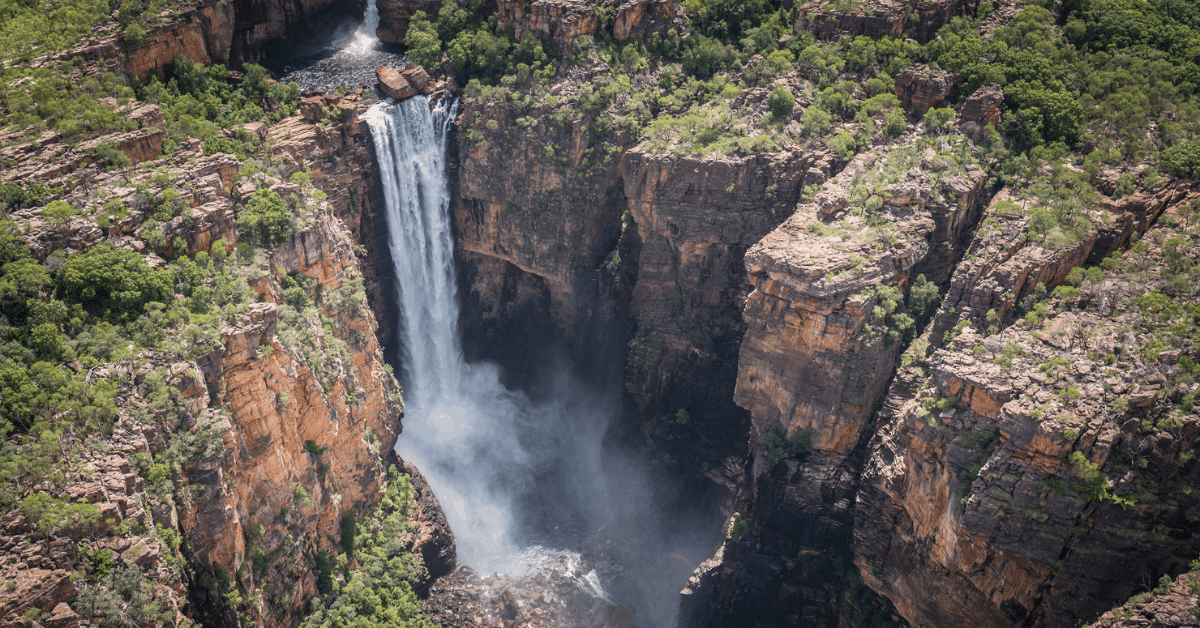
Australia’s biggest national park is three hours drive for Darwin and well-known for its waterfalls, rugged cliffs, and ancient Aboriginal rock art. Stretching almost 20,000 square kilometers, it is half the size of Switzerland and contains 2000 plant species, one-third of Australia’s bird species and six-meter high termite mounds.
Kakadu is the traditional land of the Bininj/Mungguy people, who offer a number of opportunities for visitors to learn about their culture. Indigenous-owned Kakadu Tourism runs numerous campsites and lodges around the national park. Thousands of crocodiles are thought to live in the park so visitors must follow all advice regarding waterways.



